
Pruning berry bushes—see tips from our professional
Berry bushes are usually pruned the spring they’re planted. If you plant them in autumn, prune them the following spring. In this article you’ll find professional tips for pruning different berry bushes.
Pruning young berry bushes
Remove any weak or damaged shoots entirely. Cut remaining shoots back to about 15–20 centimeters, leaving a healthy bud right under the cut. Let the seedlings grow undisturbed for 3–4 years after planting. During the first few years, remove only damaged branches and those that grow along the ground. Prune in spring before the buds open or in autumn right after harvest. Cut the shoots as close to the ground as possible.
Pruning older berry bushes
The goal of pruning is to maintain a balance between fruit-bearing branches and younger branches. Start by removing any damaged or ground-level branches, then thin out the shoots. Removing older branches improves air circulation. Prune some older branches from the center of the shrub as well. This allows light to reach the inner parts of the bush and gives new shoots room to grow. It’s easy to identify older branches by their darker color and flaking bark. Sometimes older branches are covered with moss.
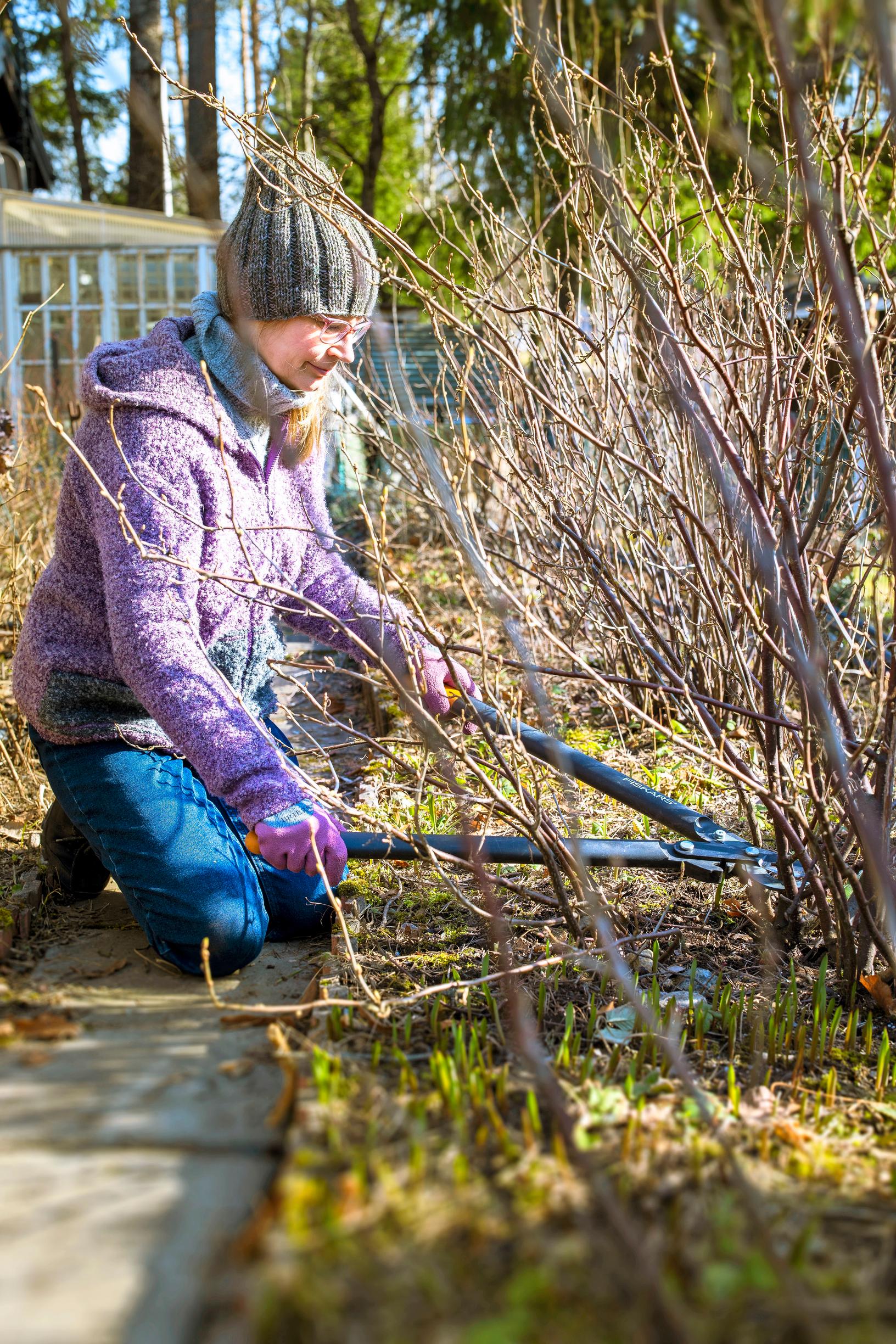
Pruning berry bushes by variety:
Black and green currants
Begin pruning black currants about 4–5 years after planting. The same guidelines apply to green currants. For both black and green currants, the best yields come from two- to three-year-old shoots. Remove the oldest shoots and thin out the younger ones, leaving around 25 shoots in the bush. Ideally, thin the bushes every year, but at least every other year.
Red and white currants
Let red and white currant bushes grow for 6–8 years before maintenance pruning. Their shoots produce the most fruit between four and five years of age. Remove the oldest shoots plus some of the younger ones, aiming for about twenty shoots per bush. Prune red and white currants every couple of years.
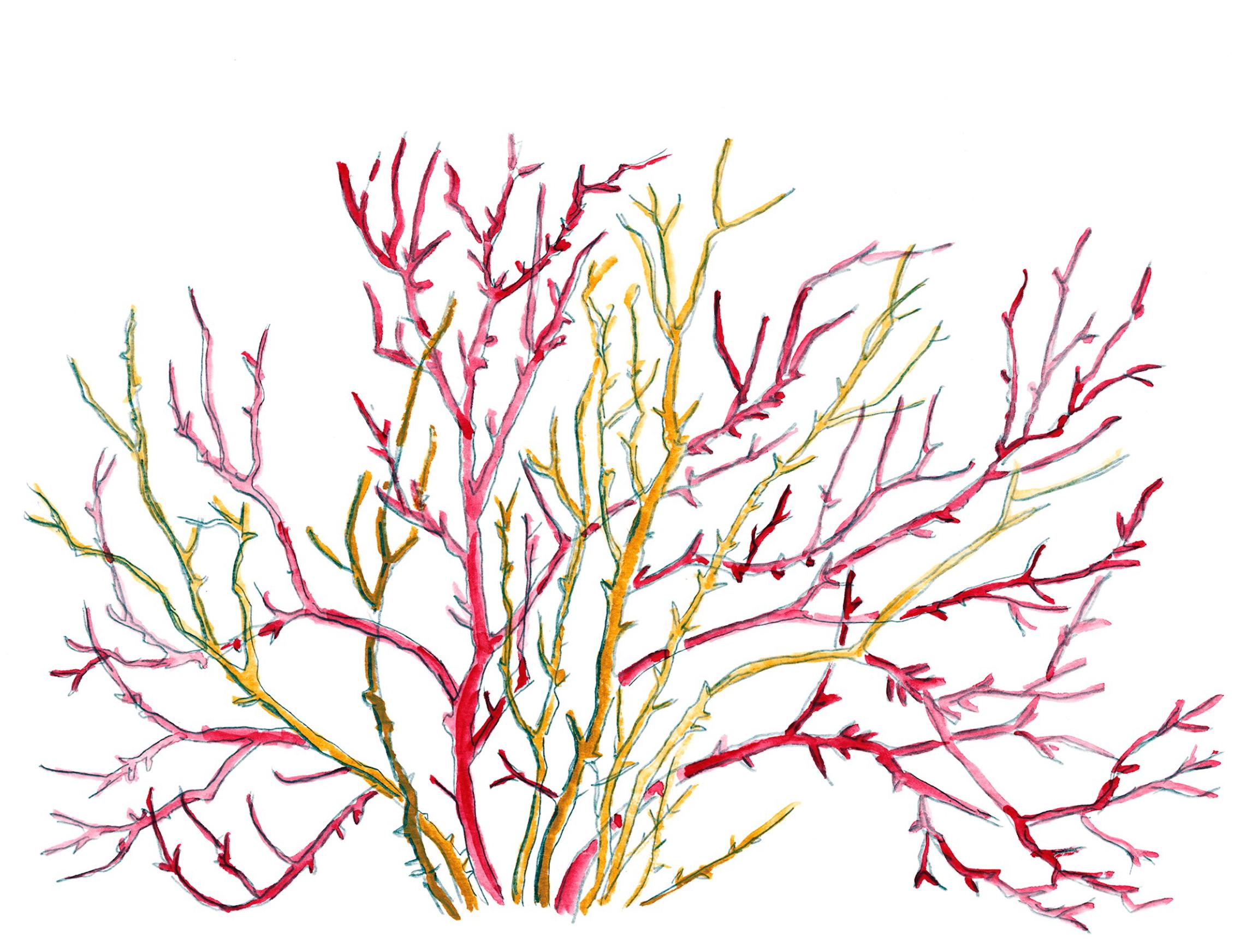
How do I know the age of a currant shoot? Pay attention to thickness and color
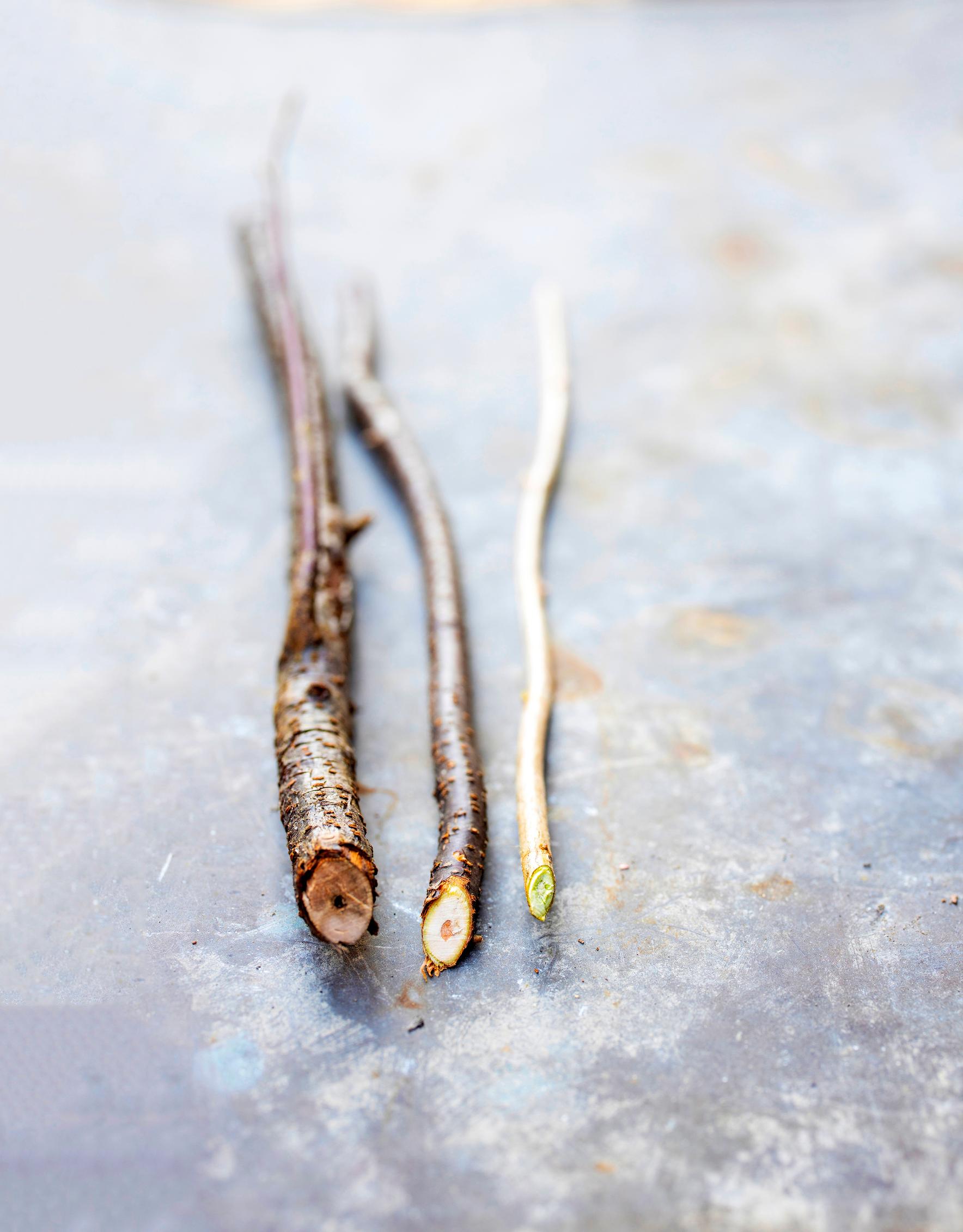
The thickness of the shoots and the bark’s color help with evaluating their age. Aim to keep the currant bush producing new, pale, whip-like shoots. If those don’t appear, consider rejuvenating the bush gradually over a few years. Avoid drastic pruning or cutting the bush down entirely, as this will only encourage black and green currants to produce numerous new shoots which need to be thinned.
Prune currants in tree-like shrub
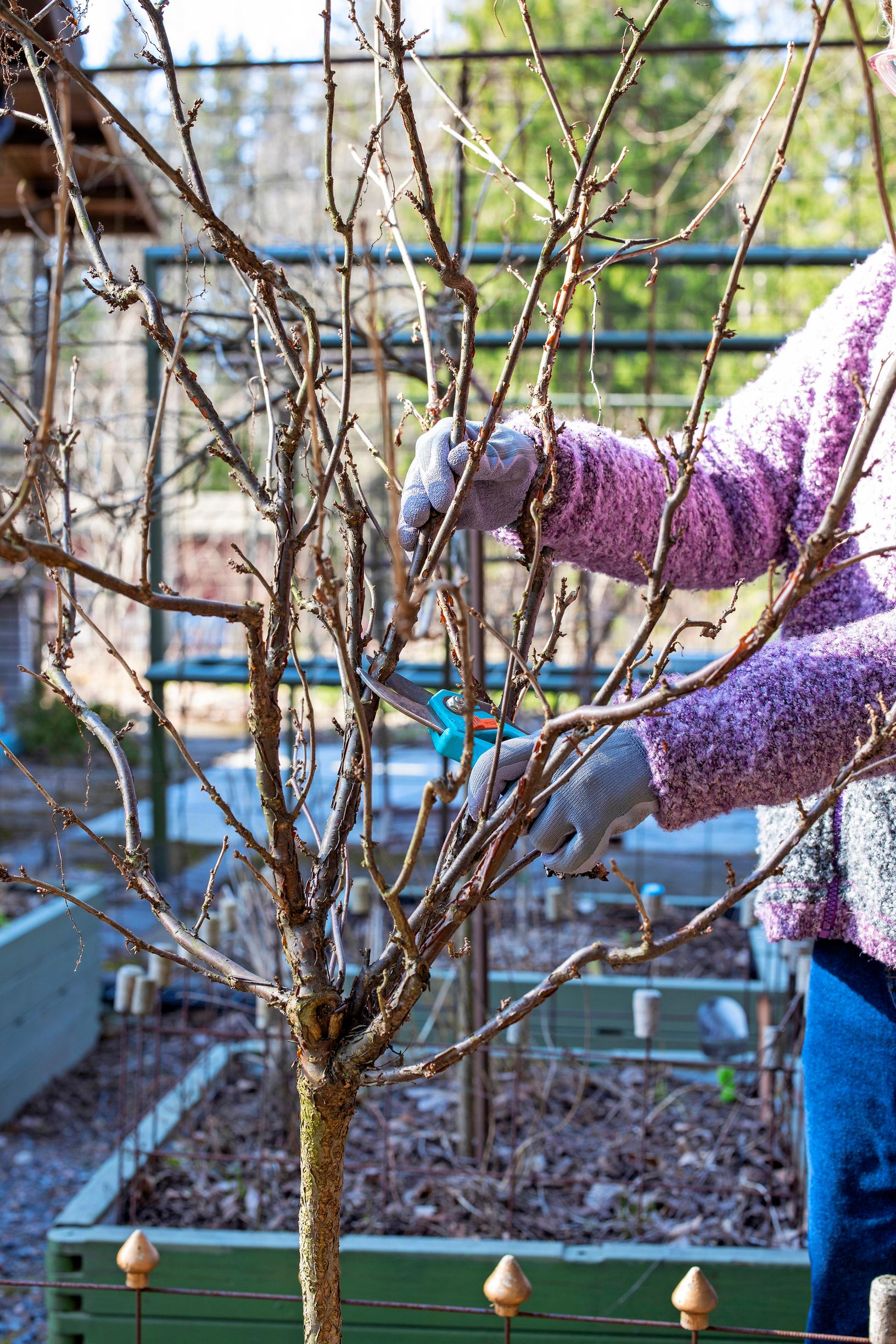
Keep a tree-like currant bush dense and productive by removing any dry or old branches from its crown. You can prune black and green currants every couple of years. White and red currants should be pruned less frequently. Pinch off new shoots that appear at the base or on the trunk while they’re still small. You can buy a tree-like currant shrub or train your own from a sturdy seedling with few shoots.
Gooseberry
Gooseberry bushes need little pruning. Every few years, remove a few of the oldest branches. Remove any damaged or dried-out branches whenever necessary.
Raspberry
Raspberry canes are cut to about 20 centimeters in height at planting. After that, prune them each year after harvest or in spring. Raspberry canes live for two years: they produce berries in their second year and then die. Remove these fruiting canes entirely at ground level. In spring, thin out the new canes so that 15–20 of the strongest remain per meter of row.
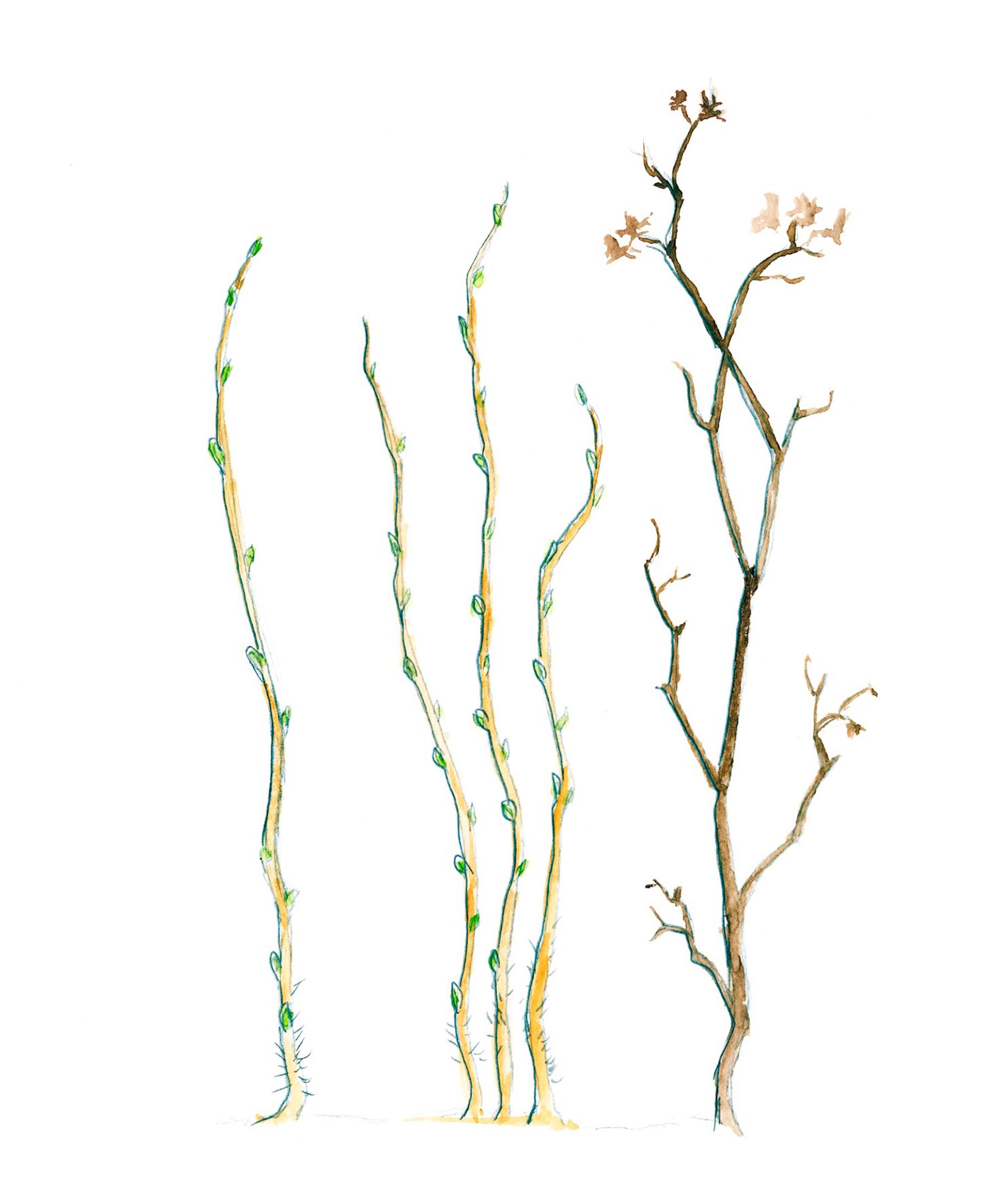
Sea buckthorn
Sea buckthorn doesn’t require pruning at planting. Each spring, before the buds open, shorten the branch tips by a few centimeters. Remove any dead or damaged branches entirely. If numerous suckers appear at the base, feel free to remove some of them. You can also cut back the crown if the sea buckthorn grows too tall.
Aronia berry
When you plant Aronia berry (Aronia mitschurinii ‘Viking’), trim any dormant shoots to about 20 centimeters. If the bush has already opened its buds, wait until the following spring to prune. Otherwise, prune the shrub sparingly. Occasionally remove a few of the oldest branches, along with any weak or damaged branches and excess suckers. If the shrub becomes scraggly or grows too tall, shorten the branches to 50–80 centimeters. Within a couple of years, new shoots branching out from the cuts will already produce fruit. The same guidelines apply to purple chokeberry (A. x prunifolia), which can also be used as a hedge and is pruned yearly.
Saskatoon (Amelanchier alnifolia)
Saskatoon (Amelanchier alnifolia) needs very little pruning. Remove any dried-out, ground-level, or damaged branches. Occasionally remove a few older branches if needed.
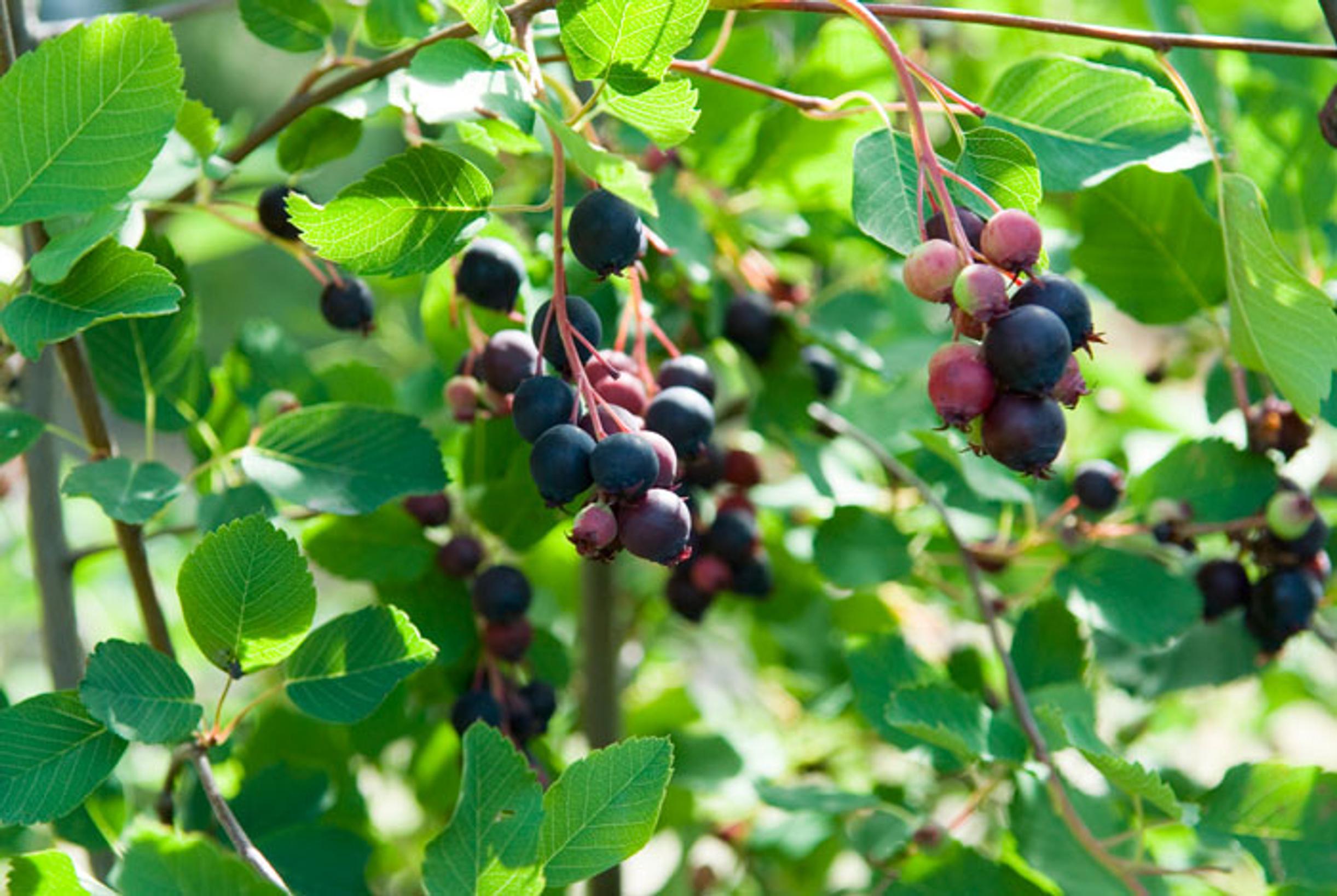
Flowering quince
Some varieties of Japanese quince (Chaenomeles japonica) have been cultivated for gardens. The Latvian variety ‘Cido,’ for example, produces plenty of fruit suitable for marmalade. Flowering quince needs little pruning. In spring, remove any branches that have dried out or been broken by snow. As the shrub ages, remove a few of the oldest branches each year.
Highbush blueberry
Highbush blueberries require careful pruning. They don’t need pruning at planting. In winter, cut back any dried shoot tips until you reach healthy tissue. Remove damaged or drooping branches regularly. If you see shoots begin to wither or darken in summer, remove them right away, as they are most likely infected with blueberry canker.


